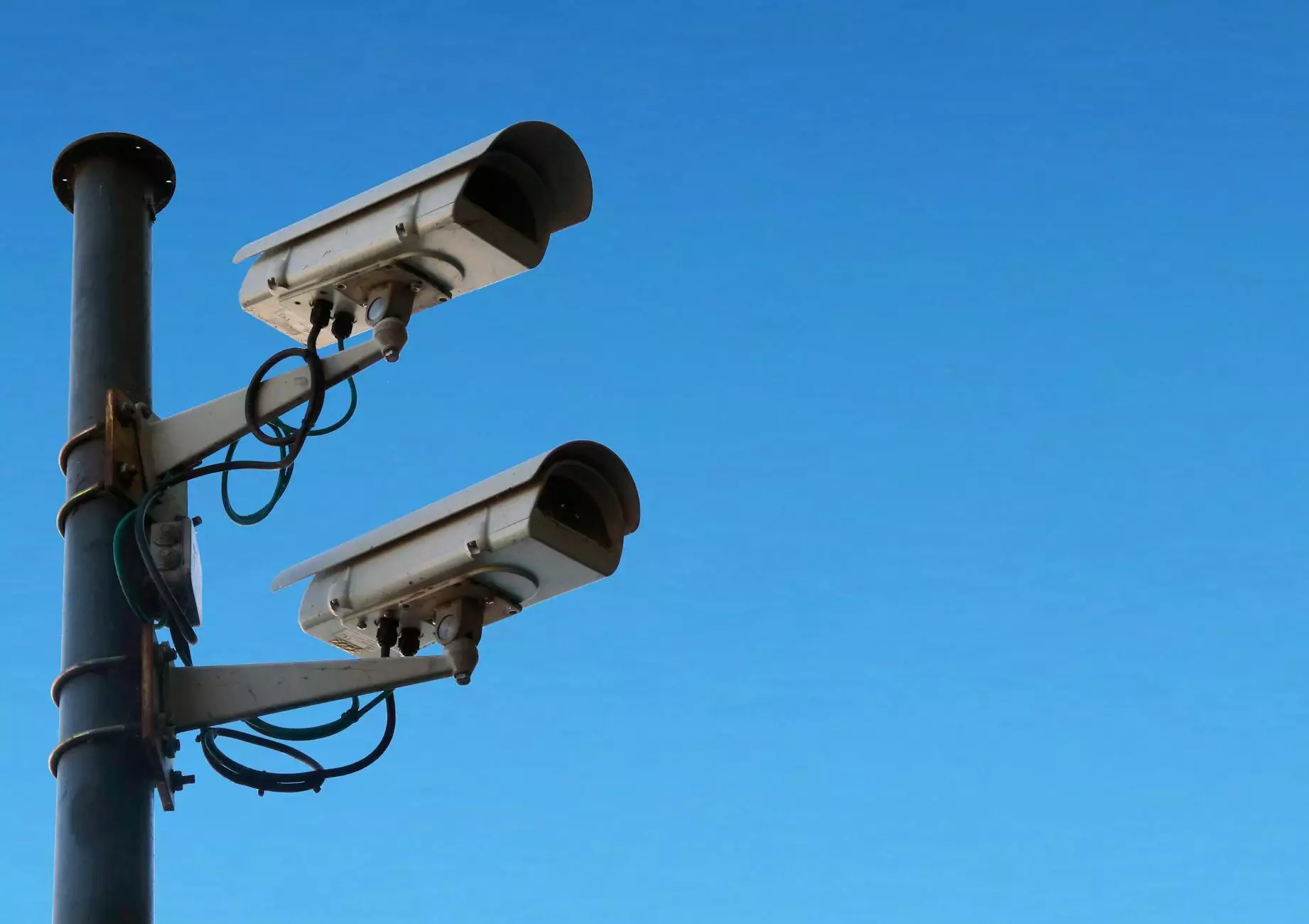What is NIST Compliance - The NIST Framework Explained
Blog
Welcome to Lifeline Computer Services, your premier destination for comprehensive information on NIST compliance and the NIST framework. As leaders in the business and consumer services industry, specifically website development, we understand the importance of adhering to cybersecurity regulations and implementing robust frameworks to protect your digital assets. In this informative guide, we will delve into the intricacies of NIST compliance and provide you with a detailed explanation of the NIST framework.
Understanding NIST Compliance
NIST compliance refers to the adherence to the guidelines set forth by the National Institute of Standards and Technology (NIST). The NIST is a globally recognized authority on cybersecurity, and their compliance guidelines are designed to help organizations establish, implement, and maintain effective information security programs. By complying with these guidelines, businesses can ensure the confidentiality, integrity, and availability of their critical data and systems.
The NIST Framework Explained
The NIST framework is a comprehensive set of guidelines, best practices, and risk management approaches to help organizations better manage and mitigate cybersecurity risks. It consists of five core functions, which are:
- Identify: This function focuses on understanding and documenting the systems, assets, data, and capabilities of an organization. It involves conducting risk assessments, identifying vulnerabilities, and establishing a baseline of security requirements.
- Protect: The protect function aims to implement safeguards and measures to limit or contain the impact of potential cybersecurity events. This includes implementing access controls, data encryption, and regular system updates.
- Detect: Detecting cybersecurity events and potential threats is critical to proactive cybersecurity. This function involves establishing monitoring systems, conducting regular threat assessments, and implementing incident response procedures.
- Respond: In the event of a cybersecurity incident, the respond function guides organizations in containing the impact, mitigating vulnerabilities, and restoring normal operations. It includes developing an incident response plan, conducting forensic analysis, and communicating with relevant stakeholders.
- Recover: The recover function focuses on restoring normal operations and services after a cybersecurity incident. This involves conducting post-incident reviews, refining response plans, and implementing measures to prevent future incidents.
Benefits of NIST Compliance
Adhering to NIST compliance guidelines offers numerous benefits for businesses, such as:
- Enhanced Security: NIST compliance helps businesses establish robust security measures that protect sensitive data and critical systems from cyber threats.
- Reduced Risk: By following the NIST framework, organizations can identify and address vulnerabilities, minimizing the risk of costly data breaches and cyber attacks.
- Improved Reputation: Demonstrating NIST compliance signifies a commitment to cybersecurity, enhancing the reputation and trustworthiness of the organization among clients, partners, and stakeholders.
- Regulatory Compliance: Many industries have specific regulations related to data security. NIST compliance ensures alignment with these requirements, avoiding legal and regulatory consequences.
- Operational Efficiency: Implementing the NIST framework helps streamline security procedures, enabling organizations to operate more efficiently and effectively.
Conclusion
In summary, achieving NIST compliance and implementing the NIST framework is vital for businesses to safeguard their digital assets and mitigate cybersecurity risks. By adhering to these guidelines, organizations can enhance security, reduce risks, and improve operational efficiency. As leaders in the business and consumer services industry, specifically website development, Lifeline Computer Services assures our commitment to NIST compliance and helping businesses navigate the complexities of cybersecurity.









